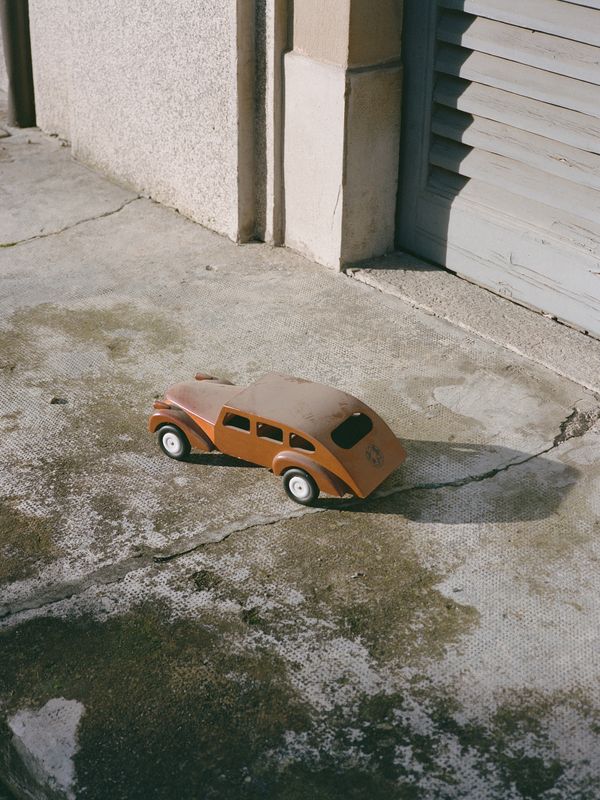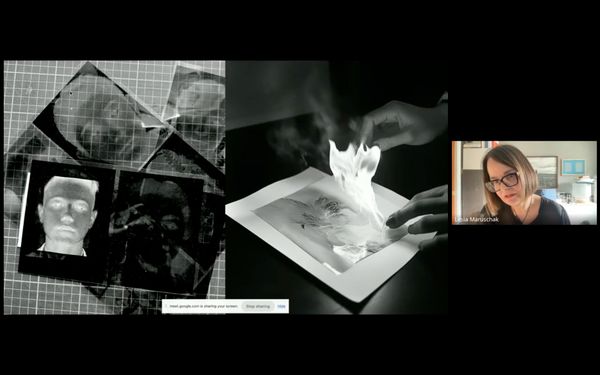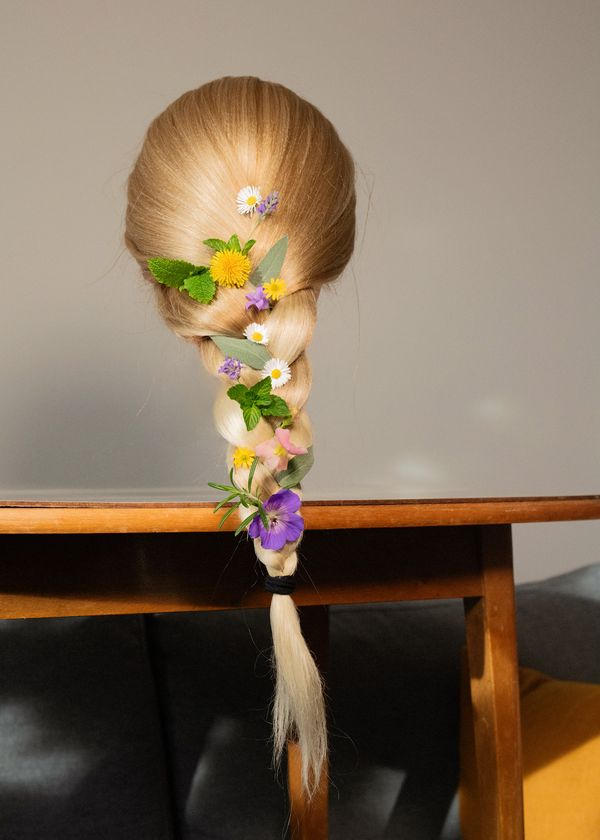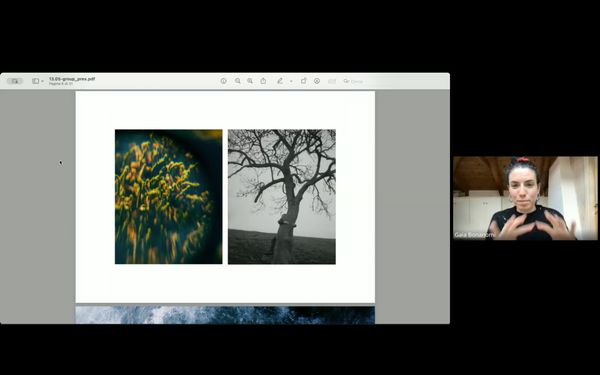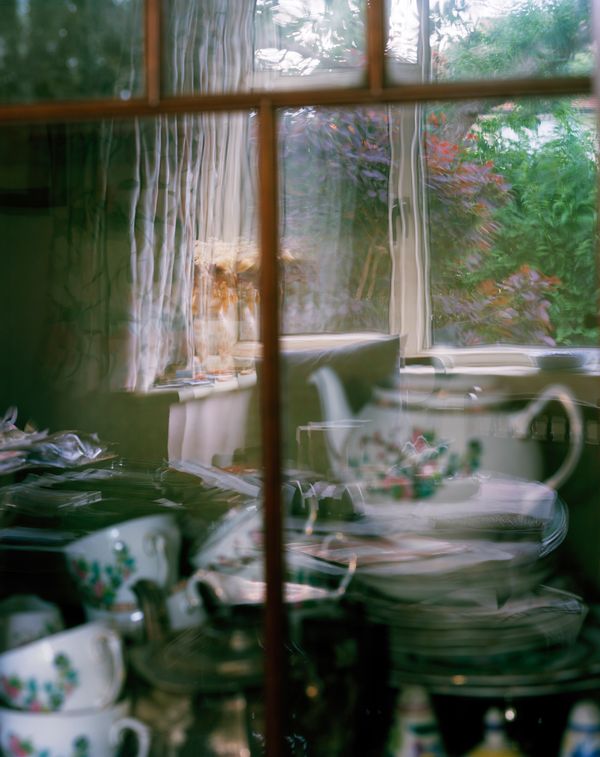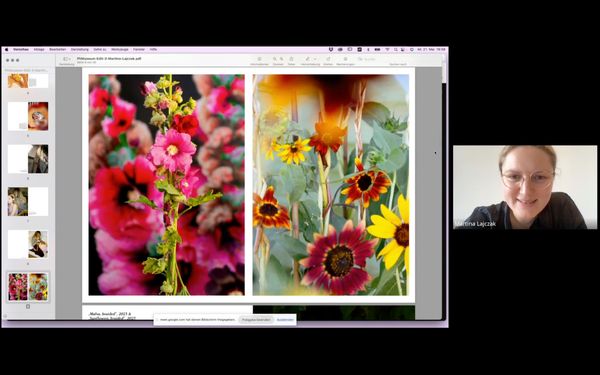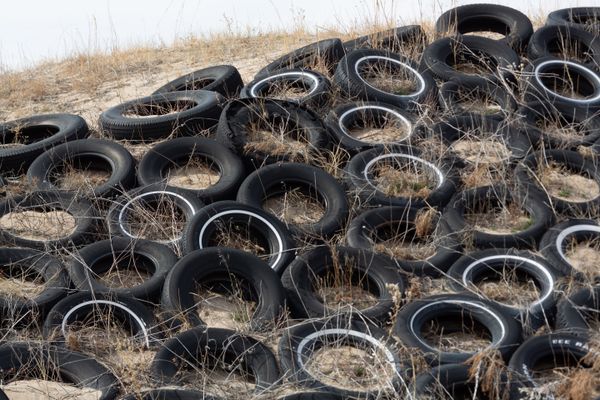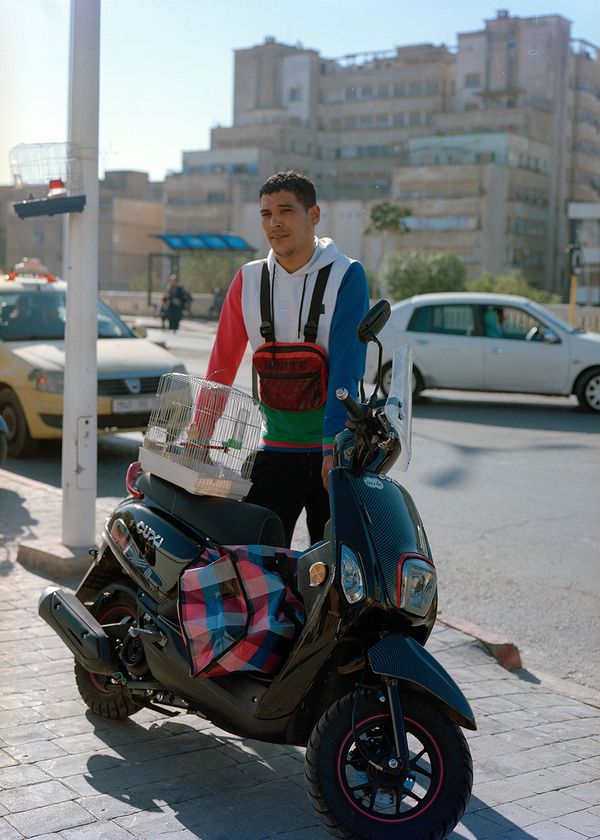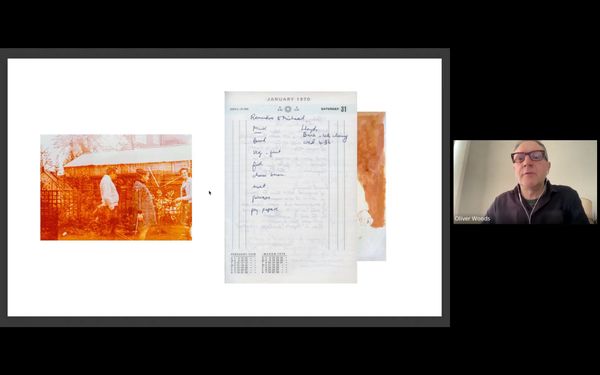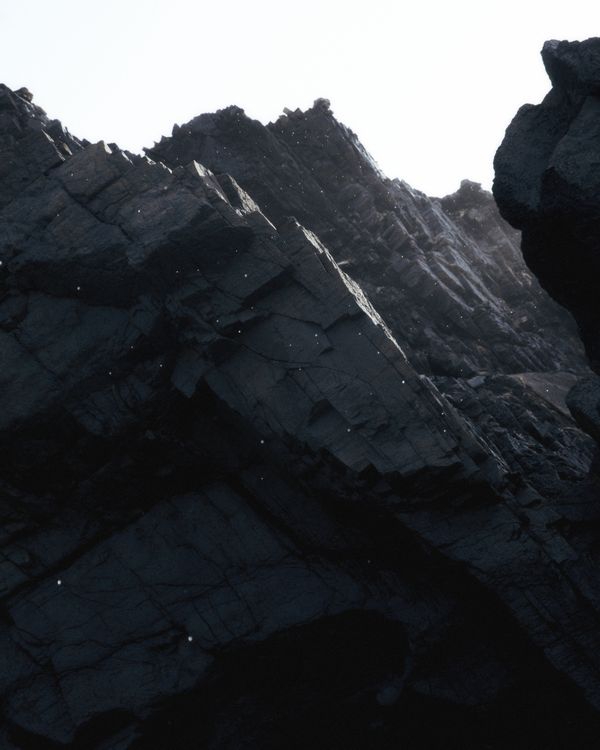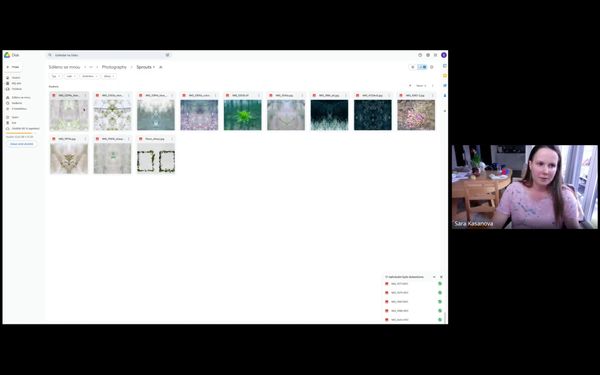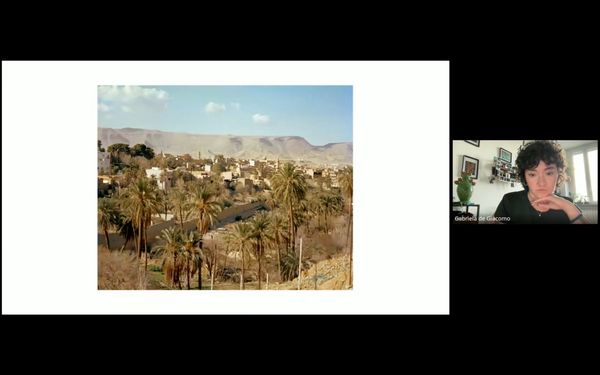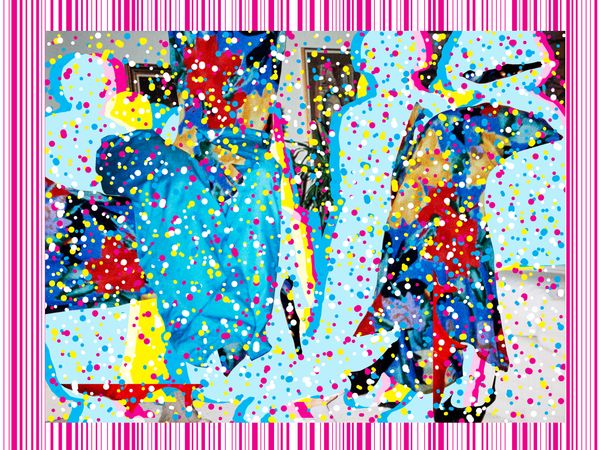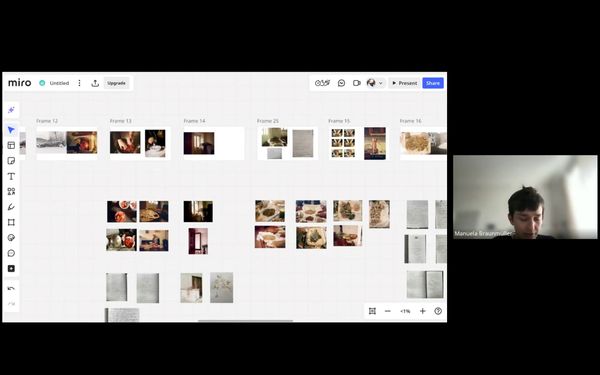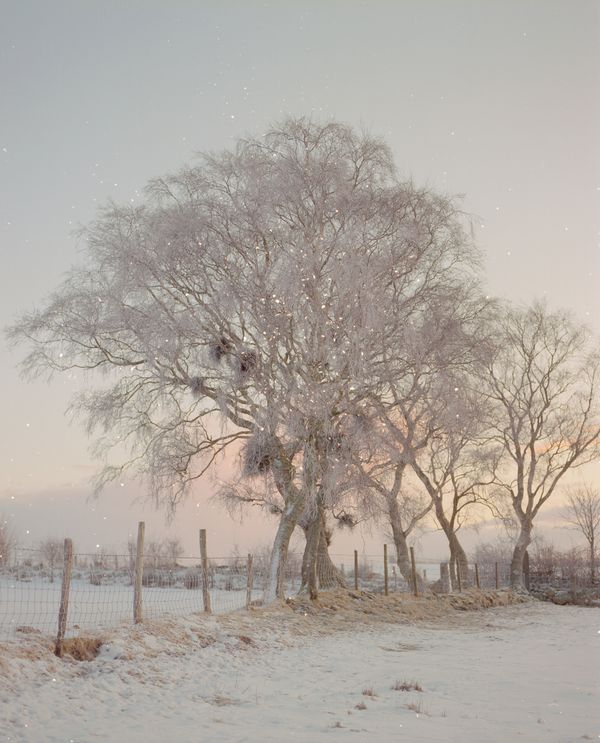CRITICAE 2024/25 Alumni Discuss the Documentary Photography Online Masterclass
-
Published26 May 2025
-
Author
As we welcome applications for the 5th edition, participants from CRITICAE 2024/25 reflect on how the program not only cultivated a supportive community, but also delivered theoretical, conceptual, and practical knowledge.
Looking at photography as a powerful medium for disseminating stories and ideas, the CRITICAE Online Masterclass on Documentary Photography guides participants to expand their research methods and develop their work from a critical and personal perspective. The fifth edition, running from October to May 2026, will be led by documentary photographer Laura El-Tantawy, and editor and curator Elisa Medde.
With enrollment open until 5 June, we caught up with Gabriela de Giacomo, Sára Bown Kasanová, Marja Saleva, Giorgia Dal Molin, Oliver Woods, Martina Lajczak, Gaia Bonanomi, Elsa Pizzutto, Polly Tootal, Alex Matzke, and Manuela Braunmüller to know more about how the Masterclass is shaping their artistic journeys moving forward.
You can deepen in their works by joining CRITICAE's year-end live presentation this Thursday 29 May at 3pm CEST.
Could you share insights on the project you developed during CRITICAE?
Gabriela de Giacomo: During CRITICAE, I developed Taghrida, the birds singing, a project that delves into a tradition deeply embedded in Algerian culture, the keeping of goldfinches and the breeding of canaries, a custom so ancient it dates back to the Umayyad dynasty. Through a series of encounters with individuals and the delicate songs of their birds, the photographic research unfolded organically. As the months went by, the project naturally shifted, embracing new directions and themes: blending theoretical research with practical experimentation, it gradually transformed into a broader narrative about a country, its landscapes, and its people. The stimulating environment of CRITICAE was fundamental, allowing me to refine my methodology and to explore new, more expressive forms of storytelling.
Sára Bown Kasanová: I had been thinking about the theme of my maternal lineage prior to the class. As the class started and progressed, I was able to pin down some specific, simple ideas and create a body of work. In the fall, I made a 9-minute video called Gathering From What My Grandmothers Sowed, filmed in the house where my grandmother lived. Later, I created a series of photographs titled Some Moments Later, I understand which I was able to exhibit as part of a spatial installation — something I have wanted to do more of. Through my own experience of being a mother, my understanding and compassion for my own mothers and their mistakes grew. This experience allowed me to arrive at a peaceful place. I think the ideas and the work were simple, but ultimately turned out to be quite powerful.
Marja Saleva: I worked on my ongoing photo collage project Family Album (2018–), and started a new zine. The work explores the complexities of family history and heritage within the context of a capitalist society. I approach capitalism as a psychical experience — something we grow up with and become so accustomed to that its ideological influence often goes unnoticed in everyday life. In my multilayered collages and images, I reflect on the experience of being surrounded by norms, ideals, and values that have evolved alongside capitalism and are continually commercialized and commodified.
Giorgia Dal Molin: The project was developed on the island of Fuerteventura in mixed media by photographically analyzing my stay on the island and the dreamlike universe that developed during this time. The printed photos were mixed with phrases extrapolated from dream transcripts.
Martina Lajczak: The project I am working on, with the title Rivers We Carry, Mountains We Seek, deals with the experiences and realities of first and second-generation Polish migrant women in Austria. Based on an autobiographical core and inspired by or in interplay with current social developments, the aim of this project is to shed light on the topics of identity, migration, integration, discrimination, and the inherent trauma from an artistic and sociological perspective. These themes will be explored through the use of a range of artistic techniques, from classic analog and digital photography, lens-based processes and generative algorithms, to sculpture. The complexity of the methods is intended to reflect the complexity of the overlaying themes, but is also supposed to help generate collective meaning from personal experience.
Gaia Bonanomi: I focused on research, exploration, and the experimentation of different visual approaches in relation to the project I'm working on. The project stems from a need for expression and personal inquiry into the theme of connection: between mind and body, emotions and Nature, and the relationship with oneself and others. It begins with the awareness that human beings are not separate from Nature, but rather Nature becoming conscious of itself. I explore the various ways of feeling and how they intersect with the spontaneity and life of natural elements, seeking support through relationships to realize that we are one with the Earth. From this awareness grows the deep and urgent need to protect it from the harm and violence we inflict: because in wounding the Earth, we are, in truth, wounding ourselves.
Elsa Pizzutto: During the master's program, I developed a project from a personal experience, that of magical thinking experienced in the infant stage of life.
Polly Tootal: My project explores the concept of the Shifting Baseline Syndrome with regards to nature and ecology. Each generation accepts the current state of the environment as normal, with no concept of the losses that have occurred before them. I have been exploring the landscapes of Eryri National Park in Wales, searching for images about the beauty and wonder of what we have and what we’ve lost.
Oliver Woods: My project is about the house I grew up in, photographed after the death of my parents. Mum and dad moved there in 1967 and never left. When I was a child, my younger brother and sister both died from an ultra-rare genetic condition, and I realised that in photographing the house, I could tell and mix these stories and express my feelings.
Manuela Braunmüller: During CRITICAE, I continued developing my ongoing project 200 Million Years, which explores the symbolic and ecological significance of butterflies. I began this work in 2022, prompted by the ongoing sixth mass extinction and the alarming decline in insect populations. As a widely beloved insect, the butterfly serves as an entry point into a broader reflection on the Western relationship to nature and the ideals of beauty that shape this perspective. The project combines several series, each portraying the butterfly through a different lens – from an emotional, childlike viewpoint to a scientific, analytical approach – in order to reveal the underlying influences on how we perceive the natural world.
Were any particular aspects of the masterclass especially helpful for your work?
Alex Matzke: I enjoyed the structure of CRITICAE because it created a dedicated container to focus on a long-term project, as well as providing the feedback and community I’ve missed since leaving academia. Sometimes a deadline, a little feedback, and a class WhatsApp group chat are all you need.
Gabriela de Giacomo: The focus on critical thinking and personalized feedback sessions were especially beneficial. They offered me new tools to analyze my work and gave me the confidence to push my ideas further.
Sára Bown Kasanová: I loved being able to discuss my work with Laura, Elisa, and the class, and hearing everyone’s thoughts. The discussions helped me think differently about my work and see things I had previously been oblivious to. I also felt that I developed my project at a faster rate than I would have if I had been working on my own. Having to show up and present something new each time was definitely helpful for my creative practice.
Manuela Braunmüller: Since I had already been working on this project for two years, the masterclass was a great source of motivation to keep going and stay productive. Having carried much of it in my head alone, it was incredibly helpful to receive a wide range of reactions to what I had already created and to feel encouraged to continue developing the work.
Elsa Pizzutto: Definitely the welcoming and not at all prejudicial atmosphere, which made me feel ready to tackle a very intimate and personal project.
Polly Tootal: It was great to have a deadline to work to, the pressure of the presentations coming up meant I worked hard to make new work to show. Also, the group dynamic was good, so many people had interesting and helpful insights into my work, and I had lots of advice to take forward. I found it fascinating learning about other photographers’ projects. Which are all amazing.
Considering Laura and Elisa’s expertise in documentary and curatorial practices, how did their guidance and different approaches help in your project's development?
Gabriela de Giacomo: Laura and Elisa’s complementary expertise greatly enriched my process. Laura’s attention to narrative structure and Elisa’s curatorial insight helped me refine both the conceptual and practical aspects of my project, encouraging a more layered and thoughtful outcome.
Sára Bown Kasanová: I felt that Laura and Elisa’s different approaches were truly enriching. Laura was able to connect emotionally with the work, understand its essence, and push me in the right direction in my art-making. Elisa, from a curatorial perspective, answered questions I had been wondering about as an artist for a long time. I really appreciated being able to receive feedback on my writing as well.
Alex Matzke: Laura and Elisa are what make this program worth it. Full stop. From the depth of their experiences, the very high quality of artists they invited for Studio Visits, to the generosity of their support (documentary photography is a wide swath of subject matter and takes, they met every one of us where we were at), they extended their time and energy to help us succeed. Laura and Elisa made this, hands down, a much better experience than the Master of Fine Arts I completed at a “top-ranked” public arts university. If I could do it all over again, I’d skip the fancy degree and just hang out with Laura and Elisa for eight months.
Marja Saleva: Laura and Elisa were very supportive. I think it is a good combination to have a curator and an artist/photographer leading the workshop. It brought a wide range of theoretical, conceptual, and practical knowledge, along with different viewpoints on looking at images. Both Laura and Elisa quickly identified the core of my work and offered valuable ideas and suggestions. I often felt they were quicker than I was in articulating aspects of my work.
Gaia Bonanomi: Elisa and Laura were both gentle and supportive. With Laura, the approach was more focused on meaning and emotion, on the images themselves; whereas with Elisa, it was interesting to observe the project from a broader perspective, considering the overall composition and the interaction between the juxtaposed images.
Oliver Woods: I have found both Laura and Elisa’s expertise, input, and guidance to be invaluable over the past few months - they have really helped give my project a structure and taught me to think critically about the relationships that exist in my images. Their expertise in two different practices - documentary and curating – has complemented each other, and both are very hands on, approachable and accessible tutors.
What do you think CRITICAE brought to your educational path and your personal narrative?
Sára Bown Kasanová: I realized that connections and relationships are always developing, and I believe that is a huge part of everyone’s educational experience. I appreciate that CRITICAE brought us together as a group of creative individuals whose perspectives enriched one another. I think being a good listener is a big part of lifelong education.
Oliver Woods: CRITICAE has given much needed focus to my work around the different narrative structures in my project and how they are disseminated into the wider world. It has also provided me with a critical and friendly audience of peers which is an essential part of any creative practice. Overall, CRITICAE has helped me work more like an artist.
Martina Lajczak: CRITICAE significantly expanded my understanding of documentary and post-documentary practice by emphasizing critical reflection, conceptual coherence, and narrative construction. It encouraged a deeper engagement with both personal and socio-political themes, positioning my work within broader contemporary discourses. This experience fostered a more intentional and research-driven approach to my artistic development.
Gabriela de Giacomo: CRITICAE was a transformative experience for my educational journey. It sharpened my critical faculties, expanded my creative horizons, and allowed me to integrate my personal experiences more consciously into my practice. CRITICAE provided me with the tools I needed to overcome creative blocks and bring the project to a new level of expressive maturity.
Elsa Pizzutto: I believe that, above all, it helped me better understand what my voice might be within the world of contemporary photography and how to position myself in relation to it.
Giorgia Dal Molin: As I also told Elisa, the course has given me a very good foundation for thinking and developing more substantial and long-term projects, which I was not used to doing before. I also explored more nimbly through feedback a technique in mixed media.
Manuela Braunmüller: This was the first online masterclass I ever took, and I’m deeply grateful for the opportunity to connect with such inspiring people. It gave me greater confidence in my process, especially in working with a non-linear narrative and allowing it to unfold naturally, trusting that it would become richer and more layered over time.
How has your perspective on online education evolved? What was your experience with the group dynamic?
Gabriela de Giacomo: CRITICAE changed my perspective on online education completely. The sessions felt deeply engaging and personal, and the group dynamic was incredibly stimulating. Sharing ideas with peers from diverse backgrounds created a vibrant, collaborative environment. The bond that developed within the group is so strong that we want to create something together.
Sára Bown Kasanová: The group dynamic was perhaps my favorite part. The discussions were so engaging that my young children often paid attention to the class and wanted to be present for all my presentations. I loved learning about how people think about their work, how they develop their projects, and most of all, getting to know my classmates as human beings. I grew to love their projects and would love to stay in touch beyond this class. Surprisingly, the fact that the class was online did not hinder the experience at all — there was a lot of involved communication and initiative among us that extended beyond class sessions.
Gaia Bonanomi: I'm not a big fan of online settings, and I usually find digital interaction challenging, but I must say I've changed my mind thanks to the atmosphere that developed within this group. There was a feeling of mutual support, care, respect, and help, which led to the formation of strong relationships, even within a digital space.
Martina Lajczak: The CRITICAE masterclass helped me to recognize online education more and more as a powerful format for fostering meaningful dialogue and sustained critical engagement across geographical boundaries. The group dynamic during CRITICAE was highly stimulating, marked by a strong sense of community, constructive feedback, and the valuable exchange of diverse perspectives, which greatly enriched the learning experience.
Polly Tootal: To be honest, online classes are hard for me. I find the disconnection very strange (because you are on a screen and not in person). But it was good to face my fear and force myself to present my work. I was at the very beginning of my project, so I felt exposed, the images were raw, and I had no idea of the direction to take, it was a question of facing my vulnerability. But Elisa, Laura, and all the photographers made it a safe place to open up and share. I think it’s a useful and valuable space to of had the privilege to attend, however hard it felt.
Manuela Braunmüller: In the beginning, I struggled with shyness and wasn’t sure if I would be able to overcome it. But as we connected more as a group – both collectively and individually – I began to really enjoy the experience. I know this program has opened the door to lasting relationships that will continue even after the course ends. By sharing our works, often dealing with deeply personal themes, the program created a virtual space of trust that became a great source of inspiration.
Do you have any advice for those preparing for the application?
Oliver Woods: I often recommend this course to photographers I know who would get something out of it. My advice would be that, because of the organic nature of the course, it requires you to maintain a level of motivation in order to see it through, especially because there is no regular course work. The ball is in your court, and while you don’t have to complete a project by the end, there is an opportunity to take your work to another level along the way.
Giorgia Dal Molin: First and foremost, I think it is important not to have the fear of not having an already started project to carry: being able to develop one from scratch and analyze it over the months, together with the mentors and classmates I think was the most educational and exciting aspect for me. Also, one thing that was said to us during the first class: be sincere and spontaneous, in your doubts, misgivings, and whatever emotions or thoughts you want to express.
Polly Tootal: Try to enter with a project that means a lot to you. Be honest about your intentions during the masterclass, everyone will be different. I applied to be held accountable for my progress and to be forced to share that vulnerable side of myself. And to practice group discussions and take advice/critic from fellow photographers. It is a big commitment you should be ready for before you apply to make the most of it.
Manuela Braunmüller: In our class, everyone was at a different stage in their process, and from my perspective, the masterclass is valuable no matter where you are. For the application, it helps to have a clear understanding of your current stage and to reflect on what kind of guidance you‘re looking for.
Gabriela de Giacomo: Developing a work in progress would undoubtedly elevate the project to a higher level. My advice would be to approach the application with honesty and curiosity. Show your authentic passion and be open to questioning and redefining your practice. Driven by the desire to explore and grow.
Martina Lajczak: My advice would be to be honest about where you are in your journey and what drives you creatively, showing that you are open to questioning, evolving, and engaging deeply with your work and others. Also, it can be very helpful to already have a concrete idea or project in mind, as the program is designed to support the development of an existing concept rather than starting entirely from scratch.
--------------
CRITICAE Online Masterclass On Documentary Photography is part of PhMuseum's educational program, comprising five different masterclasses that will all share a single intake period running until 5 June, with classes beginning in October 2025. Each course is tailored to meet the needs of emerging photographers, artists, curators, and contemporary storytellers looking to bring their methods to the next level. Check out which program suits you best at phmuseum.com/education
--------------
Key date and participation fee
Before 5 June – If you apply by this date, you can join the program by paying the Regular Fee of €2,200. Since applications will be reviewed on a continuous basis, early submissions receive priority for seat allocation.
If you are offered a place, PhMuseum is happy to write you a supporting letter when you try to secure any external funding opportunities. In previous editions of our masterclasses program, the candidates' fees were covered thanks to the generous contribution of the IWMF Howard G. Buffett Fund for Women Journalists, Mondriaan Fonds, Arts Council Malta, and other programs. Read our guide to 2025 Education Funding for Visual Artists about opportunities that can help you secure funding.
